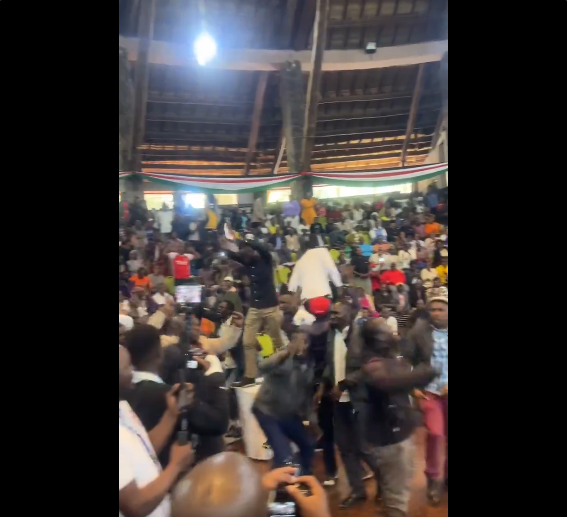The tension at Bomas involving TJ Kajwang stems from ODM’s internal struggles and conflicts. As the political atmosphere heats up, ODM seems to be battling not only external forces but also internal divisions, making it challenging to maintain unity and authority within the party.
Kajwang’s removal from the Bomas event, accompanied by ODM’s supporters clashing with opposing groups, showcases the pressure that the party is under as it tries to manage shifting allegiances and dissatisfaction among its ranks.
This incident points to deeper issues within ODM’s structure. Many of the party’s traditional strongholds and mobilizers are facing increasing pressure to adapt to new political realities, with the party needing to refocus its strategy and engage more effectively with both the public and its own supporters.
The chaos at Bomas is indicative of a larger struggle for control and influence, especially as younger and more dynamic political players emerge on the national stage.
These internal conflicts, if not addressed, could pose significant challenges for the party’s future.
ODM’s leadership, especially under Raila Odinga, has been vocal about the need for reform, and incidents like this highlight how urgent that reform might be.
The party’s ability to manage dissent and maintain unity is crucial as the political scene in Kenya evolves.
Key figures like TJ Kajwang, who have long been loyal to ODM, are now finding themselves at the center of these struggles, reflecting the growing divide between the party’s old guard and the newer generation of leaders looking to shape its future direction.


